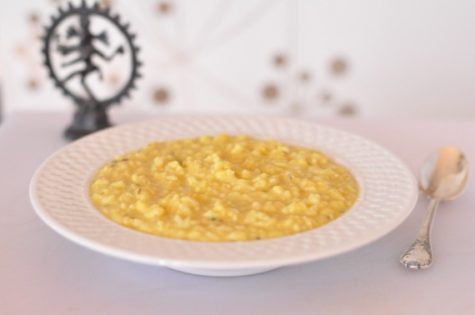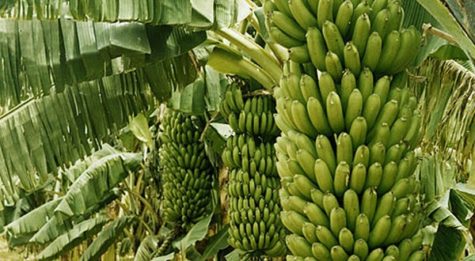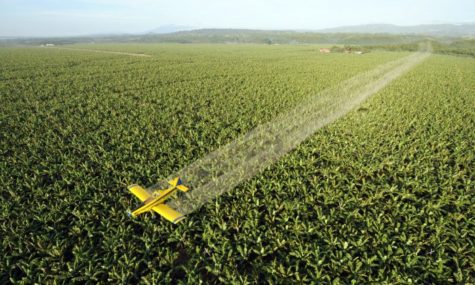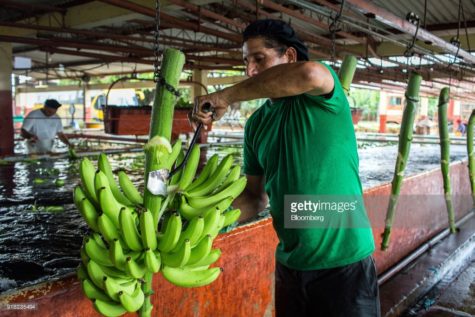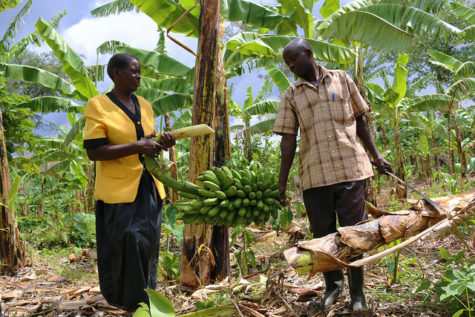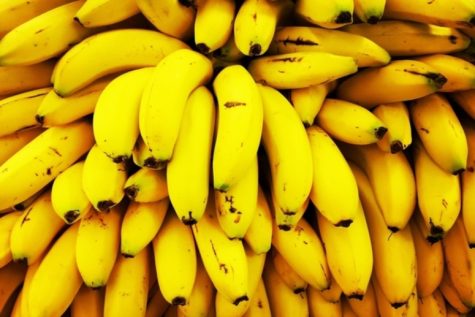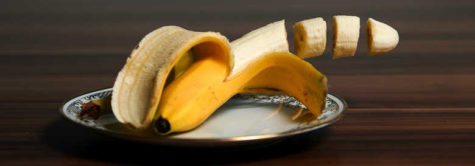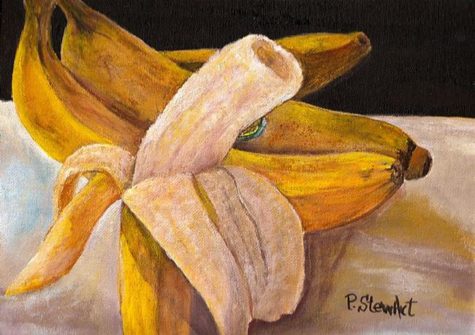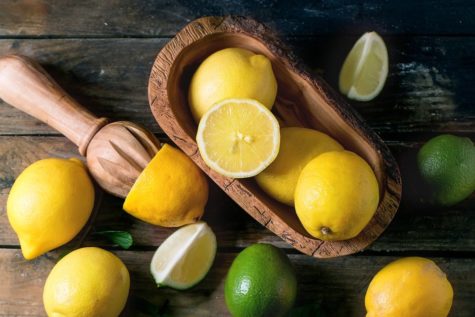Monthly Archives: March 2018
A Kitchari Fast
In Ayurveda, the ancient wisdom of India dating back 5,000 years, this mix of rice and mung beans is considered extremely easy to digest and is said to purify the digestion and cleanse the body of toxins. Ayurvedic physicians often prescribe a kitchari diet before, during, and after panchakarma, a rejuvenative treatment that cleanses toxins stored in bodily tissues as it restores systemic balance.
Kitchari provides solid nourishment while allowing the body to devote energy to healing. You can safely subsist on kitchari anytime in order to build vitality and strength as it helps balance all three doshas. For restless vata, the warm soup is grounding; for fiery pitta, its spices are calming; and for chilly kapha, it provides healing warmth.
According to Vasant Lad, in his book, The Complete Book of Ayurvedic Home Remedies, “A five-day kitchari fast, using plain kitchari with just some chopped cilantro leaves added, will cleanse the system and help to strengthen memory.”
Kitchari fasting is actually a mono-diet, which means the body receives a limited diversity of foodstuffs and therefore needs to produce a limited number of digestive enzymes. The work of the digestive system is lessened, allowing for greater healing and cleansing to occur. A kitchari cleanse can be calming, soothing and warming.
Kitchari tastes like a cross between a creamy rice cereal and a light dal, or lentil soup. If it is a cold, blustery day or you are feeling under the weather, a steaming bowl of this classic Indian comfort food can both warm up your bones and restore sagging energy. Everyone has his or her own special method of making kitchari. Ayurvedic Cooking for Self Healing offers a half-dozen kitchari recipes, including this one found on Yoga Journal:
Ingredients:
- 1 cup split yellow mung beans
- 1 tbsp peeled, chopped fresh ginger
- 2 tbsp shredded coconut
- handful chopped cilantro
- 1/2 cup water
- 1/2 tsp cinnamon
- 1/4 tsp each of cardamom, pepper, clove powder, turmeric, salt
- 3 bay leaves
- 3 tbsp ghee or butter
- 1 cup raw basmati rice
- 6 cups water
Directions:
First, rinse the mung beans and soak for several hours. Set aside. In a blender, liquefy the peeled, chopped ginger, shredded coconut, chopped cilantro with one-half cup of water. In a large saucepan, lightly brown the spices, salt; and bay leaves (remove before serving) in the ghee, or butter.
Drain the beans and then stir them into the spice mixture in the saucepan. Next, add the basmati rice. Stir in the blended spice and coconut mixture, followed by six cups of water. Bring to a boil, cover, and cook on low heat for approximately 25 to 30 minutes until soft.
The Other Side of the Banana Story
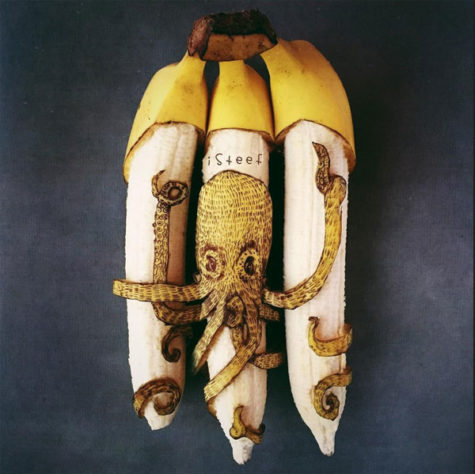
Yes, bananas are good for what ails you, but life on a banana plantation – growing Chiquita bananas means pesticides and hard work.
On farms from Mexico to Ecuador, Chiquita and its affiliates grow millions of bananas every year for consumers in North America and Europe. The fruit is grown and harvested in a labor-intensive process that involves an army of workers, lots of equipment, crop-dusting airplanes, foam cushions, string, bags, special cartons, refrigerated trucks and trains, and tons of pesticides.
While production methods vary slightly from plantation to plantation, the basic operations described below remain the same. This example is a composite plantation, drawn from Enquirer reporters’ visits to Chiquita subsidiary plantations and Chiquita-affiliated farms in Honduras and Costa Rica, as well as interviews with plantation workers and environmental scientists.
A Commercial Banana Operation
Commercial banana plants grow from 15 to 30 feet in height and are grown in long rows on large irrigated plantations. Most bananas consumed in the United States are grown in the lowlands of Central and South America.
The average banana plant produces fruit about every nine months. The stem usually grows to contain about 150 bananas. When the manager decides, the fruit is cut green from the plant and dropped carefully on the back of a worker carrying a cushion to stop any bruising of the fruit.
To kill off other plants growing around the bananas, workers apply herbicides. The chemicals are toxic and wash into the ground and ground water during rains.
To kill off nematodes, small worms that attack banana plants from the roots, workers cover the ground around the plants with nematicides. These chemicals are highly toxic and make an area extremely dangerous for 24 to 48 hours after application.
Banana plants do not have strong trunks, they can easily be knocked over in a tropical windstorm. To prevent ‘blowdowns,’ workers tie the plants down with string.
Aerial spraying is an integral part of pesticide application in commercial banana farming. The main purpose is to combat Black Sigatoka, an airborne fungus that can destroy a plantation’s crop. In areas that are infected with the fungus, including much of Central America, airplanes may spray fields more than 40 times a year.
The spray lands on the plants’ upper leaves, the ground, irrigation canals, streams and rivers and nearby homes, workers and residents, scientists told the Enquirer.
Workers on Chiquita subsidiary plantations and other farms producing Chiquita bananas told the Enquirer that they receive no warning when the planes come over and they often hide under banana leaves to escape the pesticide dust.
Nearby villagers complain the aerial spraying often drifts into their yards, sending children running into the houses to escape rashes. Many worker villages are located close to banana plantations.
The water used in the in the packing plants to wash pesticides off the bananas comes from the irrigation canals and then is routed back out into the water supply. Chiquita has built berms in recent years on some plantations to limit pesticides from flowing directly into rivers. But many irrigation canals, laced throughout every plantation, remain directly exposed to pesticides.
Plastic bags embedded with the powerful chemical chlorpyrifos protect the the growing fruit from insects throughout its entire gestation. In previous years,the bags were simply discarded after use, though the major banana companies have now started recycling programs.
At harvesting, the stem is placed on a large overhead cable system that runs throughout the plantation. Workers place foam cushions among the fruit to stop bruising. The fruit is then pushed along the cable toward the “Empacadora,” the packing plant.
In the packing plant, workers remove the cushions. Other workers then cut the stems into smaller bunches.
The bunchesare then put in a “pila de seleccion,” a selecting trough, where selectoras, usually women, choose the bananas and cut them further down to shipping size with small hooked knives.
Larger troughs called ‘pilas des leches,” milk troughs, wash off the pesticides applied in the fields as well as natural fluids from the banana plant.
New pesticides are applied to the bunches after they are placed on a conveyer belt. The new pesticides, either thiabendazole or imazalil, are applied to prevent “crown rot,” a fungus that attacks the extremities of the banana bunch.
On some plantations, Chiquita has installed small plastic containment systems that save money on pesticide costs and reduce worker exposure to the pesticides. But most plantations do not have this system, according to Chiquita statements issued through its attorneys to the Enquirer.
Boxes of banana bunches, freshly applied with pesticides, are put on large skids for shipment. On all the plantations visited by the Enquirer, most workers viewed by reporters did not wear gloves when handling the pesticide-covered bananas.
Trucks or trains are brought to the plant and loaded with the skids. The bananas are taken to port, where the large refrigerated containers are lifted onto ships. The ships then sail to various destinations, usually in North America or Europe. About ten days to two weeks after being harvested, the bananas are on display and for sale at local groceries.
Pesticides in the banana ecosystem
The ecosytem of a banana plantation is extremely wet and hot. The soil is very loose, helping the banana plants grow but also making it easy for pesticides to spread throughout the system.
It often rains in these areas, flushing pesticides into the ground and water table. The banana industry’s answer to this dissipation has been to apply pesticides frequently.
Ways pesticides get into the environment:
Air: Airplanes drop toxic chemicals regularly from the air. Pesticides fall on the plants, but also on workers, the ground and irrigation canals and streams.
Ground: Workers apply pesticides to the ground around the plants. These chemicals seep into the ground with every rainfall.
Water: Pesticides also get into water that is used to wash bananas in the packing plants. That water then flows back into the irrigation canals.
Bags: Plastic bags with the insecticide chlorpyrifos cover all the banana bunches from their inception. The chemical leaks off the bags in rain storms and flows into the ground and water.
Black Sigatoka is a banana plant disease that plagues most areas where Chiquita bananas are produced. The airborne fungus eats away at the plant leaves, turning them black. The disease shrinks the size of the fruit and makes it ripen too quickly to be shipped to market. Eventually, the disease kills the plant. Some researchers are now trying to find a Sigatoka resistant banana that will still appeal to consumers, but nothing has been discovered thus far. To date, the industry’s reaction to the problem has been to increase aerial spraying of powerful pesticides.
BUY ORGANIC!
Good For You, good For the Planet.
Going Bananas!
Finally a cure for what ails you – Bananas! A professor at CCNY for a physiological psych class told his class about bananas. He said the expression ‘going bananas’ is from the effects of bananas on the brain.
- Important:
Never, put your bananas in the refrigerator!!!
After reading this, you’ll never look at a banana in the same way again.
Bananas contain three natural sugars – sucrose, fructose and glucose combined with fiber. A banana gives an instant, sustained and substantial boost of energy. Research has proven that just two bananas provide enough energy for a strenuous 90 minute workout. No wonder the banana is the number one fruit with the world’s leading athletes.
But energy isn’t the only way a banana isn’t can help us keep fit. It can also help overcome or prevent a substantial number of illnesses and conditions, making it a must to add to our daily diet.
Depression: According to a recent survey undertaken by MIND amongst people suffering from depression, many felt much better after eating a banana. This is because bananas contain tryptophan, a type of protein that the body converts into serotonin, known to make you relax, improve your mood and generally make you feel happier.
PMS: Forget the pills – eat a banana. The vitamin B6 it contains regulates blood glucose levels, which can affect your mood.
Anemia: High in iron, bananas can stimulate the production of hemoglobin in the blood and so helps in cases of anemia.
Blood Pressure: This unique tropical fruit is extremely high in potassium yet low in salt, making it perfect to beat blood pressure. So much so, the US Food and Drug Administration has just allowed the banana industry to make official claims for the fruit’s ability to reduce the risk of blood pressure and stroke.
Brain Power: 200 students at a Twickenham (Middlesex) school were helped through their exams this year by eating bananas at breakfast, break, and lunch in a bid to boost their brain power. Research has shown that the potassium-packed fruit can assist learning by making pupils more alert.
Constipation: High in fiber, including bananas in the diet can help restore normal bowel action, helping to overcome the problem without resorting to laxatives.
Hangovers: One of the quickest ways of curing a hangover is to make a banana milkshake, sweetened with honey. The banana calms the stomach and, with the help of the honey, builds up depleted blood sugar levels, while the milk soothes and re-hydrates your system.
Heartburn: Bananas have a natural antacid effect in the body, so if you suffer from heartburn, try eating a banana for soothing relief.
Morning Sickness: Snacking on bananas between meals helps to keep blood sugar levels up and avoid morning sickness.
Mosquito bites: Before reaching for the insect bite cream, try rubbing the affected area with the inside of a banana skin. Many people find it amazingly successful at reducing swelling and irritation.
Nerves: Bananas are high in B vitamins that help calm the nervous system.
Overweight and at work? Studies at the Institute of Psychology in Austria found pressure at work leads to gorging on comfort food like chocolate and crisps. Looking at 5,000 hospital patients, researchers found the most obese were more likely to be in high-pressure jobs. The report concluded that, to avoid panic-induced food cravings, we need to control our blood sugar levels by snacking on high carbohydrate foods every two hours to keep levels steady.
Ulcers: The banana is used as the dietary food against intestinal disorders because of its soft texture and smoothness. It is the only raw fruit that can be eaten without distress in over-chronicler cases. It also neutralizes over-acidity and reduces irritation by coating the lining of the stomach.
Temperature control: Many other cultures see bananas as a ‘cooling’ fruit that can lower both the physical and emotional temperature of expectant mothers. In Thailand, for example, pregnant women eat bananas to ensure their baby is born with a cool temperature.
Seasonal Affective Disorder (SAD): Bananas can help SAD sufferers because they contain the natural mood enhancer tryptophan.
Smoking & Tobacco Use: Bananas can also help people trying to give up smoking. The B6, B12 they contain, as well as the potassium and magnesium found in them, help the body recover from the effects of nicotine withdrawal.
Stress: Potassium is a vital mineral, which helps normalize the heartbeat, sends oxygen to the brain and regulates your body’s water balance. When we are stressed, our metabolic rate rises, thereby reducing our potassium levels. These can be rebalanced with the help of a high-potassium banana snack.
Strokes: According to research in The New England Journal of Medicine, eating bananas as part of a regular diet can cut the risk of death by strokes by as much as 40%!
Warts: Those keen on natural alternatives swear that if you want to kill off a wart, take a piece of banana skin and place it on the wart, with the yellow side out. Carefully hold the skin in place with a plaster or surgical tape!
So, a banana really is a natural remedy for many ills. When you compare it to an apple, it has four times the protein, twice the carbohydrate, three times the phosphorus, five times the vitamin A and iron, and twice the other vitamins and minerals. It is also rich in potassium and is one of the best value foods around So maybe its time to change that well-known phrase so that we say, ‘A banana a day keeps the doctor away!’
Before you get too excited about bananas, however, you might want to read the other side of the banana story!
Master Cleanse – Lemon Diet
Daniel and I are going to try this diet. It’s supposed to work wonders for your body, clearing and detoxing, and giving you a fresh new start.
Here’s the Lemon Drink recipe for a Master Cleanse
- 2 tablespoons FRESH squeezed lemon or lime juice (approx. 1/2 lemon)
- 2 tablespoons genuine organic maple syrup, Grade B (the darker the better)
- 1/10 teaspoon (a small pinch!) cayenne pepper, gradually increase (the more BTUs the better)
- 10-14 oz pure water
Important notes:
- Use fresh lemons or limes only, never canned or frozen lemon juice (organic, vine ripened – if possible).
- Use only real (and organic, if possible) grade B or C maple syrup. (Don’t use Grade A maple syrup or maple-flavored syrup. They are over-refined, which means that they are mostly refined sugars and lack essential minerals.)
- It’s best to make each drink fresh, but if that is not possible (or practical) you can make a larger batch to drink throughout the day. Just be sure to make it fresh each morning.
For larger batches, in a 2 liter bottle mix together the following:
- Juice of 3 lemons
- 6 oz of grade B or C maple syrup
- 1/4 tsp of cayenne (or more)
- Spring or purified water (fill bottles to the top)
- Mix all the ingredients by thoroughly shaking
Wish us luck! I think we’re going to need it!
